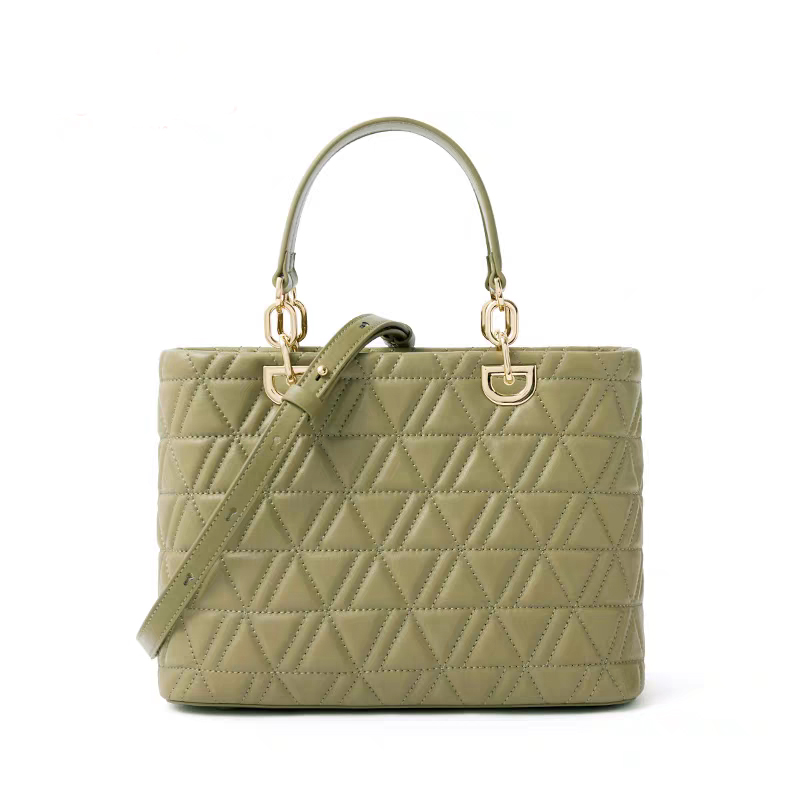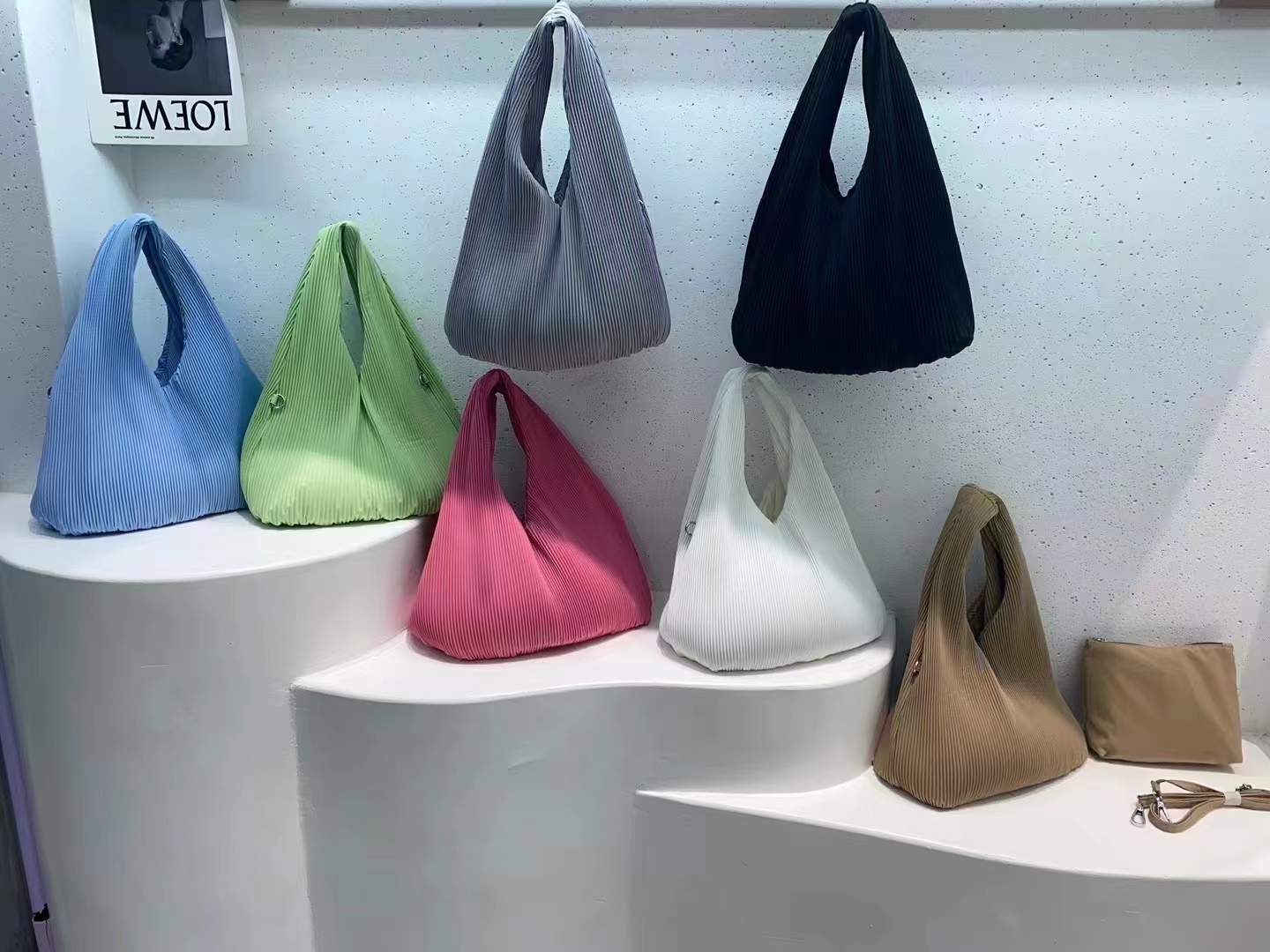 ADDRESS:No. 6 Ouhua 1st Street, Europe Industrial Park,Shiling Town, Huadu District, Guangzhou City 510850 CHINA
ADDRESS:No. 6 Ouhua 1st Street, Europe Industrial Park,Shiling Town, Huadu District, Guangzhou City 510850 CHINA
 +86 186 8204 7592
+86 186 8204 7592
 xr-angelia@xrbags.com
xr-angelia@xrbags.com




Guangzhou Xin Rui Leather Product Co., Ltd.
 ADDRESS:No. 6 Ouhua 1st Street, Europe Industrial Park,Shiling Town, Huadu District, Guangzhou City 510850 CHINA
ADDRESS:No. 6 Ouhua 1st Street, Europe Industrial Park,Shiling Town, Huadu District, Guangzhou City 510850 CHINA
 +86 186 8204 7592
+86 186 8204 7592
 xr-angelia@xrbags.com
xr-angelia@xrbags.com




The handbag industry has seen a steady evolution in terms of design, functionality, and quality. As fashion brands and manufacturers push the envelope on creativity and innovation, maintaining high standards for handbag appearance and functionality is crucial. The use of comprehensive testing methods helps ensure that handbags meet both aesthetic and practical expectations. This article explores the key terms and techniques associated with handbag appearance and functional tests, providing insights into what makes a handbag not only beautiful but also reliable and durable. XinRui Leather, a prominent name in leather goods manufacturing, is committed to adhering to these rigorous testing standards to deliver top-quality products that satisfy both fashion-forward consumers and industry professionals.
Handbags are not just accessories; they are essential items that combine fashion and functionality. A well-designed handbag must not only look good but also perform well under various conditions. Testing for appearance and functionality is vital for several reasons:
Ensuring Quality: Quality testing helps identify potential defects in design, material, and construction before the product reaches the market.
Enhancing Durability: Functional testing simulates everyday wear and tear, ensuring that the handbag can withstand regular usage.
Meeting Consumer Expectations: High-quality handbags are a significant investment for many consumers. Rigorous testing ensures that the product meets or exceeds expectations, contributing to customer satisfaction and brand loyalty.

Appearance tests focus on the visual and tactile quality of a handbag. These tests ensure that the bag meets the desired aesthetic standards and that there are no visible flaws. Here are some essential terms associated with appearance testing:
Color Fastness: This test measures the ability of the handbag’s material to retain its color when exposed to various factors like light, moisture, and friction. Color fastness testing is crucial to ensure that the color does not fade or bleed over time, maintaining the handbag’s appearance.
Surface Defects: Surface defect testing identifies imperfections such as scratches, stains, uneven texture, or loose threads. This test ensures that the handbag’s surface is smooth, flawless, and free from any undesirable marks.
Gloss and Texture Consistency: This test evaluates whether the handbag’s gloss and texture are uniform across different parts. Inconsistencies in gloss or texture can affect the overall look and feel of the bag, making it less appealing to consumers.
Seam and Stitching Quality: Proper stitching is a hallmark of high-quality handbags. This test checks for the evenness of stitches, absence of skipped stitches, and secure seam endings. Poor seam quality can lead to the bag unraveling or losing its shape over time.
Material Consistency: For leather handbags, ensuring that the leather is uniform in grain, thickness, and finish is essential. Inconsistent material can create an uneven appearance and compromise the bag’s structural integrity.
Functional tests assess the handbag’s performance under various conditions to ensure it can handle everyday use. These tests focus on the strength, durability, and usability of the bag’s components. Here are some of the primary functional test terms:
Load Capacity Test: This test measures the maximum weight a handbag can carry without breaking or losing its shape. It involves gradually increasing the weight in the bag and checking for signs of stress, such as tearing at the seams or deformation of handles and straps.
Handle and Strap Strength Test: Handles and straps are often the first components to show signs of wear. This test evaluates their strength and attachment to the bag, ensuring they can withstand repeated pulling and carrying.
Zipper and Fastener Durability: Zippers and fasteners are tested for smooth operation and durability through repeated opening and closing cycles. This test helps determine whether these components can function properly over time without jamming, breaking, or becoming misaligned.
Abrasion Resistance: This test simulates the frictional forces that a handbag might experience when rubbed against different surfaces. Abrasion resistance testing is critical for ensuring that the bag’s material does not wear out easily, particularly at high-contact areas like corners and handles.
Water and Stain Resistance: Many handbags are exposed to elements such as rain or accidental spills. Water and stain resistance tests check how well the material repels water and resists staining. This is particularly important for leather and fabric bags, which can absorb liquids and become damaged if not treated properly.
Drop and Impact Test: This test evaluates the handbag’s ability to withstand impacts, such as being dropped from a certain height. It ensures that the bag’s structure and components remain intact and functional even after being subjected to accidental drops.
Odor Testing: For handbags made from leather or synthetic materials, odor testing ensures that there are no unpleasant smells emanating from the bag. Chemical treatments and adhesives used in manufacturing can sometimes leave residual odors, which can be off-putting to customers.

The handbag industry has been influenced by several key trends and developments in recent years. According to a report by Grand View Research, the global handbag market size is expected to reach USD 78.46 billion by 2028, growing at a CAGR of 5.4% from 2021 to 2028. This growth is driven by an increasing demand for luxury handbags and a rising focus on product quality and sustainability.
One significant trend is the push towards sustainable and eco-friendly materials. Many manufacturers are now opting for alternatives to traditional leather, such as plant-based leathers made from cactus, pineapple fibers, and mushrooms. This shift is not only beneficial for the environment but also aligns with consumer demand for sustainable fashion options.
Additionally, advancements in smart handbag technology are creating new opportunities for brands to differentiate themselves. Smart handbags equipped with features like built-in phone chargers, anti-theft alarms, and GPS tracking are becoming increasingly popular, offering both style and functionality to tech-savvy consumers.
As a leader in the leather goods manufacturing industry, XinRui Leather is dedicated to producing handbags that meet the highest standards of quality and craftsmanship. By implementing comprehensive appearance and functional testing, XinRui ensures that every handbag not only looks beautiful but also performs reliably under real-world conditions. The company’s commitment to innovation and quality assurance has made it a trusted partner for brands and consumers seeking premium leather products.
Understanding handbag appearance and functional test terms is essential for ensuring that the product you choose or manufacture meets the desired standards. By adhering to these rigorous testing protocols, manufacturers like XinRui Leather can deliver high-quality, durable, and aesthetically pleasing handbags that exceed consumer expectations. With the handbag industry continually evolving, staying informed about testing standards and industry trends is key to maintaining a competitive edge.
